|
Here's December's comic strip for the Ramsay Community Association newsletter. Previous strips here.
2 Comments
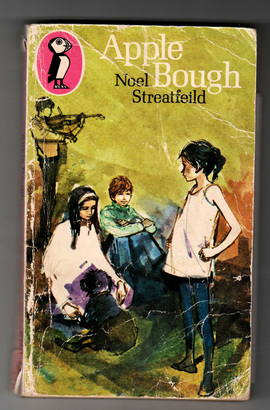 There's only one thing you can really do when you find out that only a depressing twenty-seven percent of eligible voters chose to participate in your riding's recent federal by-election: hide in your bed with a tub of ice cream and your favourite book. I didn't actually do this (although I wished I could). Anyway, I've read that particular book so many times that at this point it's more fun to write about it than read it again. So here goes. The book: Apple Bough by Noel Streatfeild (author of many Young Adult ("YA") novels, including the classic story Ballet Shoes). Disclaimer: I don’t read grown-up books – I pretty much just read YA fiction (that's another story). And there are many other YA authors I really love (Margaret Mahy, of course, being one). But this is the book that’s been there for me through thick and thin, which is why it’s earned the title. Another time, I could tell you why it crystallized, around twenty years ago, into this enviable position. Something about the subject matter (the tale just resonated with seeming parallels to my own life); something about Streatfeild’s writing style (of which more below); and something about the way the story brings you home. It’s the ultimate comfort-food book for me: the one in which you know things will turn out all right. (This one, and Louise Fitzhugh’s “Sport”. That’s the second-place contender.) I usually save it for times when I need a reassuring read (for example, this page from The Drawing Book (circa 2000), featuring scenes from the story, shows how I cleverly took it along with me on a stressful solo journey – anticipating (correctly) that I would need some comforting escapism to get me through, and that no other book would do. 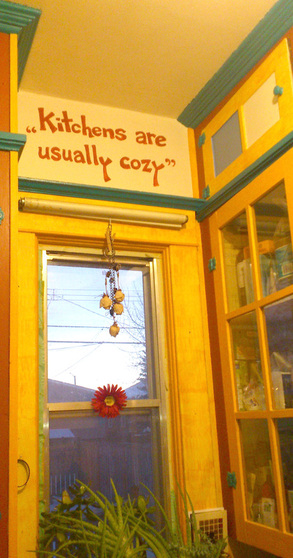 Also testifying to my fondness for Apple Bough: I've painted this quote from the novel on the kitchen walls of a few places I’ve lived. Here is my current kitchen wall. In the story, the new governess arrives at Apple Bough (an old rambly house) inhabited by a family of four children and two “vague”, usually-absent parents. Finding the children hungry, cold, and left to their own devices, she takes the situation in hand by deciding that they’ll skip lessons that day and do some cooking together in the kitchen since “kitchens are usually cozy.” …“I don’t think our kitchen is cozy [replies one of the children]..." “It will be…” By sheer force of character, Miss Popple creates order from chaos. Having myself lived in a few places with the chilly, ramshackle, comfortless atmosphere of those early days in Apple Bough, I guess I felt that, in the absence of a solid English governess to cheer things up, I could at least paint her reassuring words in my kitchen, to remind me that houses – and their atmospheres - can be transformed. (By the way, my British edition spells that “cosy,” but I put a “z” on my Canadian wall.) It is always fun to see what strikes you when you read something anew. (I definitely subscribe to the advice of Harold Bloom - which I remember reading somewhere long ago (where?)- that, rather than reading everything you can get your hands on, it's a better idea to pick a few excellent books and read them over and over again, learning something new each time. Bloom picked Shakespeare and the Bible – or something predictable like that – and I’ve got six or seven YA authors.) Looking through Apple Bough this time, I’m struck particularly by two things: 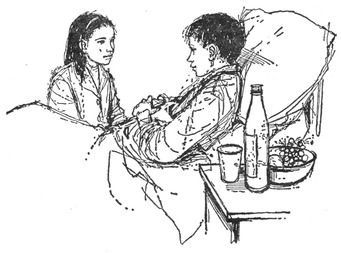 1. Those sentences. How did she get away with those sentences? But she did. Only Noel Streatfeild could do this. Her sentences babble along like brooks, without any ups, downs, corners or obstacles. It has to be one of the most measured, moderated narrative voices in YA lit. In fact, she leads you through the whole book without ever raising her voice. In Chapter 15, Wolfgang (who's about twelve, I think) runs into the house with the exciting news: "Mrs Bottle - Mr Bottle - I'm going on telly." Just a period at the end of that sentence. Exclamation points strictly reserved for overseas phone calls and exclamations of disgust. ("I'm going to write pop songs." ... "Ugh! I hope you're not.") But it's these long comma-filled sentences that astound me each time. Not only does she use a lot of commas, she uses them almost exclusively. To be precise: in the first hundred pages, there are only twelve colons and six semi-colons (and three ellipses for good measure). But get a load of these commas. It's as if she isn't even aware that there are, in fact, other punctuation marks: "...few in the audience were taking a reputation made abroad on trust, Sebastian had to make a new reputation in his own country." "He is ready, I think, and there should not be too much strain if you, as the committee hope, would be at the piano." Or: "Apple Bough would be perfect, of course, but that's only a fairy-tale idea, anyway, it was sold. But perhaps some day a house like this, only ours, with our things in it, not other people's..." Could you write sentences like this, and get them past an editor? How did she do it? It’s kind of crazy. Don’t get me wrong. I love it. 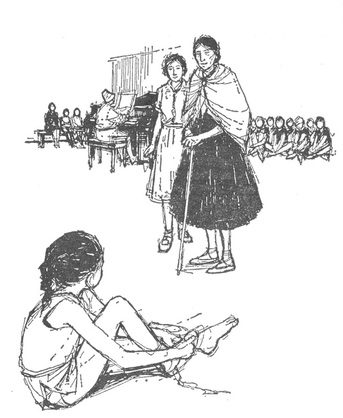 2. Good things come in small packages. I’ve already rambled a lot (elsewhere – though not in this blog… yet) about the reprehensible lengthening of YA novels since the advent of Harry Potter. People want long books now. Not just long books, they want seven long books in a long series, with offshoots and spinoffs and sequels and costumes and movies. They want this to be a long, drawn-out (or long-drawn-out, if you prefer) experience. And publishers seem quite pleased to encourage this arrangement. Needless to say, I’m happy that teenager books (and their authors) are finally getting the attention they deserve. However, the watered-down prose of the last decade seems a high price to pay for all the limelight. But back in the day (Apple Bough was first published in 1962) the audiences for YA fiction were smaller, and the budgets for YA fiction were tighter. You’re hard pressed to find a YA book from that era that’s over 200 pages. And so the writing had to be brilliant. These amazing authors had the smallest possible space to get it all in there, and so the way these books have been whittled down to the bare bones of the story just knocks your socks off. Diana Wynne Jones could have crammed Harry Potter’s seven novels into seven mind-blowing chapters. And Ursula K. LeGuin would have written The Hunger Games as a short story. 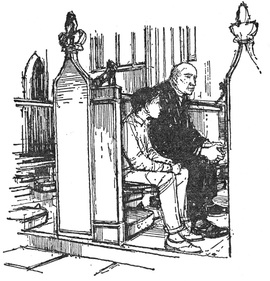 Anyway, Apple Bough epitomizes the kind of great writing that can be turned out if your author only has 200 small pages to work with (allowing room for a lot of really iconic illustrations by the brilliant Margery Gill). Streatfeild sets up the story’s problem in exactly fifty pages. The solution is presented on page 72. And it’s all in the bag one hundred and thirty-three pages later. In the meantime, four children have become world travelers, started a secret rebellion within their own family, and achieved rather astonishing fame and fortune, not to mention happiness and self-respect. And it’s all told in a manner that sketches them out as real, believable people to whom any reader could relate, even if you’ve never given a mysterious greeting hiss or been asked to act in a film by the great Owen Oslip (Streatfeild’s character names are sometimes a bit weird). And one more note. You may never have heard of Ms. Streatfeild, but you know she’s the real deal – i.e. the apex of children’s authors - when her name’s dropped in a Hollywood movie about how tragic it would be if an independent children’s bookseller goes out of business. Well, I'm joking, but it's definitely surreal to watch Meg Ryan (of all people) getting teary-eyed while rattling off Streatfeild’s titles (the American titles, of course) - and actually spelling her hard-to-spell last name. Somehow I would never have thought of Meg (if I thought of her at all) as a Streatfeild fan. It is funny that the movie-makers were possibly thinking that they'd be bringing Noel Streatfeild to the attention of a new generation of movie-goers – when what actually happened was that the Streatfeild mention brought this otherwise pretty forgettable movie (“You’ve Got Mail”, 1998) to the attention of a bunch of YA fans and critics. There's not a Streatfeild fan who can't name that movie. Ha ha. Apple Bough is out of print. So if you see it around anywhere, get it while you can!
And when you find it, turn off the election results, curl up with a tub of ice cream and enjoy. 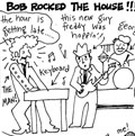 This freezing cold winter is making me remember another winter long ago (2003), when I escaped to Germany to see Bob Dylan play a show. I recently sent this comic strip about the voyage to a friend of mine, and so I thought I'd put it up here too. More illustrated Bob Dylan adventures here. Stay warm, everyone! 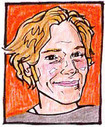 My brother John has been writing and singing songs for many years, but yesterday he performed an impromptu song at a lecture at Bradford University, where he's working on an MA in Peace Studies. The lecture was about economics in Africa, and the song was instead of a more conventional presentation. Despite being a bit off-the-cuff, it looks like it went over well - the university posted this video on youtube and John was interviewed by BBC Radio Leeds! John has appeared in a lot of my comics (some long-haired, guitar-playing examples below).
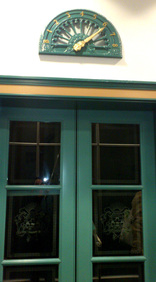 A new scene in an old building! Matt & Rob of Conscious Brands invited Calgary graphic recorders to a "graphic recording jam" where we could practice this innovative art form. The jam was hosted by Tracy and David at their office in the Calgary Public Building (right downtown, next to the Performing Arts Centre). This wonderful historic building - featuring possibly the best elevators in town, complete with trestle-style brass doors and a real live elevator operator - offers visitors a wonderful mix of old and new. One of the new features that the graphic designers particularly appreciated was the "green wall", coated in a special green paint that allows you to draw right on it! Well, we dove right in (some used paper, but I just had to try the wall), and here are some of the results. Follow Calgary's brand-new graphic recording scene on twitter at #yycdrawlive. And to find out more about graphic recording, you can check out the International Forum of Visual Practitioners, here. Well, it was only a matter of time before I got some Young Adult Fiction stuff in here (my favourite subject). When I was taking a look at what Isaac Cates had been up to, I found AlphaBooks. It's an alphabet's-worth of illustrations, with each illustration representing a character from a book whose name corresponds to the featured letter. Of course, I discovered this cool project just in time for the last round of submissions... Z.
Naturally, the first Z-named book character who springs to mind is Zachary Gray. Here ya go. And if you would like to find out more about Zach and his home in literature (as discussed by Lizzie Skurnick, who really knows what she's talking about when it comes to YA), you can take a look here. Well, after all that election stuff I realized I do have a couple of old comics that vaguely mention some U.S. presidents... three, to be precise. Obama is in this first one. In this comic, I blame him, not for any political gaffes, but for helping to propagate the increasingly popular pronunciation of the word "the"! Actually, he's probably just caught up in this strange trend with everyone else. There are certainly other cases in which he's responsible for influencing the way people speak, though: for example, he often prefaces a comment with the common-sense directive, "Now, look." Now everybody else does this, too. I drew this in Vancouver in 2011. Now, look (ha ha). This one's from a 1998 sketchbook. I was stuck in Germany and I had a lot of time to draw. And these two pages are from 2003. By the way, the lines quoted by Bob are attributed to Samuel Johnson.
I usually don't write too much about politics in my comics. But here is an old strip drawn on the occasion of a previous U.S. presidential election... a true story and a day on which I was glad to be in Canada!
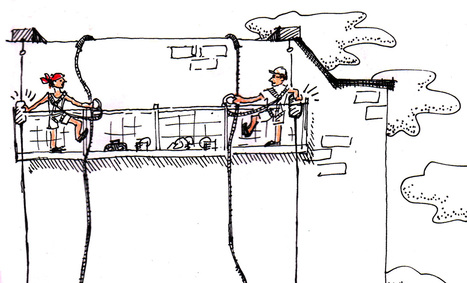 Well, since I've been thinking about alphabets, I thought I'd post one more - an old one. In 1999 I painted a large mural on the wall of a Calgary office building. I hired my brother's friend to help me. This was one of the most enjoyable summer jobs either of us ever had. Here's my alphabet-style "graphic recording" of the work. It never was coloured in completely, but maybe I'll get around to doing that one of these days. "A was an Author who went for a walk..." was the Edward Gorey alphabet that inspired this one.
Here's November's comic strip for the Ramsay Community Association newsletter. Previous strips here.
|
sam hesterI am a graphic recorder based in Calgary. I like local stories. I write comics when I have free time. And I leave eraser shavings everywhere I go. Looking for a
|
archives
October 2023
February 2023
January 2023
December 2020
December 2018
October 2018
September 2018
April 2018
March 2018
February 2018
December 2017
November 2017
October 2017
September 2017
July 2017
June 2017
April 2017
March 2017
January 2017
December 2016
November 2016
October 2016
September 2016
July 2016
June 2016
May 2016
April 2016
March 2016
September 2015
August 2015
July 2015
June 2015
April 2015
February 2015
January 2015
December 2014
November 2014
October 2014
September 2014
August 2014
June 2014
May 2014
April 2014
March 2014
February 2014
January 2014
December 2013
November 2013
October 2013
September 2013
August 2013
July 2013
June 2013
May 2013
April 2013
March 2013
February 2013
January 2013
December 2012
November 2012
October 2012
September 2012
Some nice things people said about my work:
“If Breitkreuz and Foong [founders of the Calgary Comics & Entertainment Expo] represent the Type-A side of Calgary's self-publishing community, Hester may be the community's right brain.” – Tom Babin, FFWD Magazine
“…A strong graphic style similar to other autobiographically-inclined Canadian cartoonists like Chester Brown and Julie Doucet.” – Gilbert Bouchard, Edmonton Journal
The 23rd Story: an indie comics creator's tales of life in Calgary
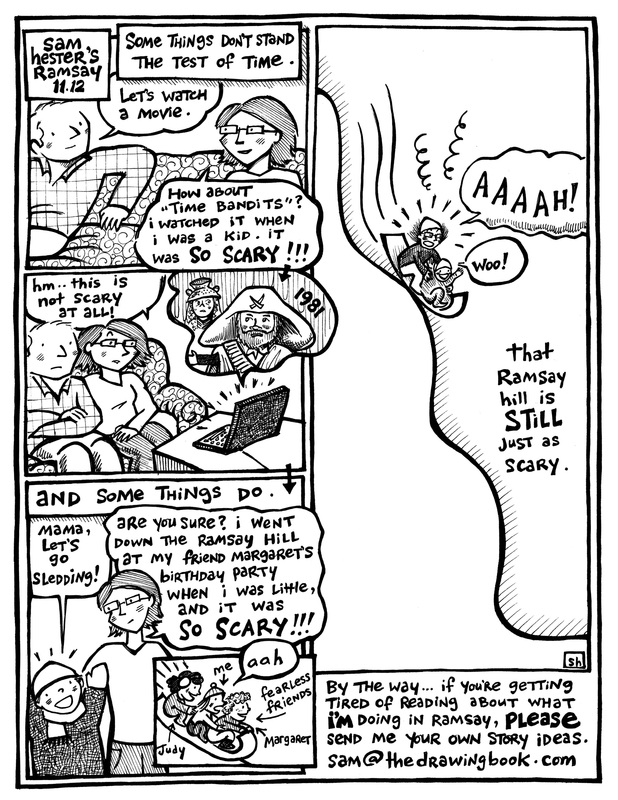
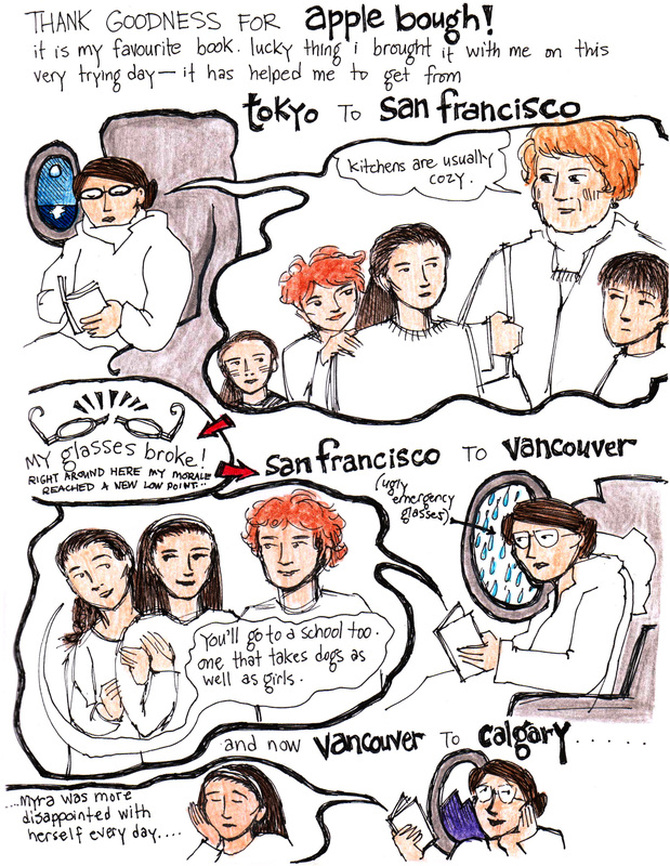
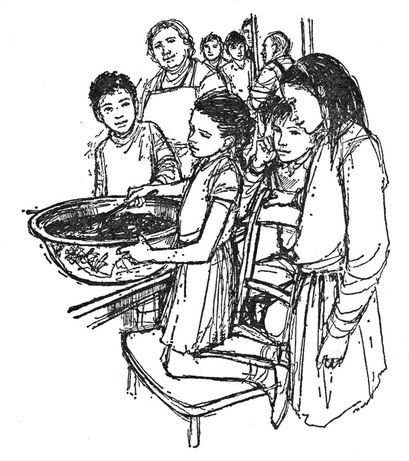
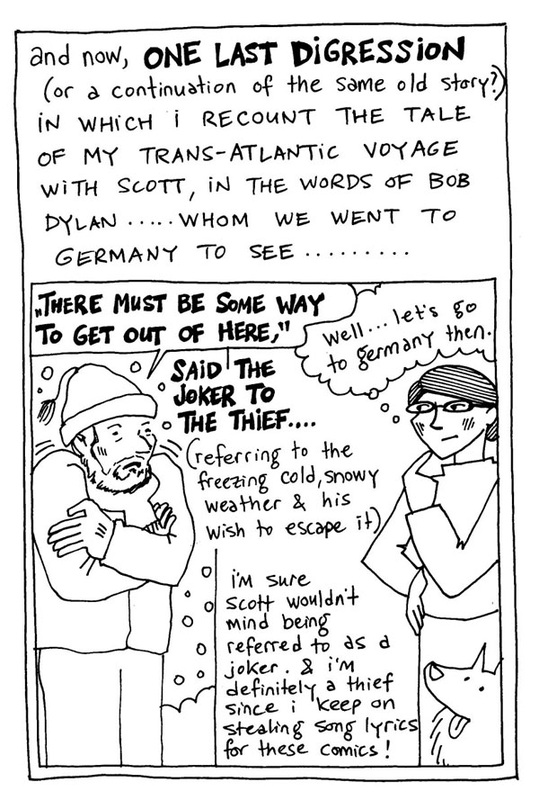

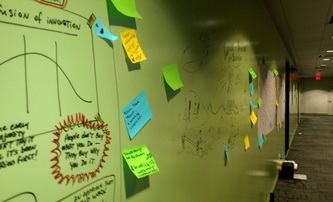
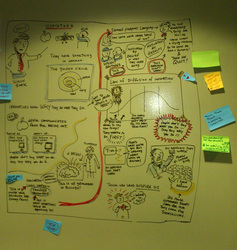

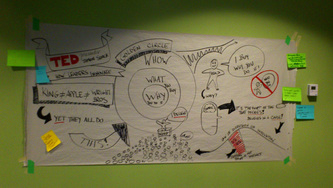

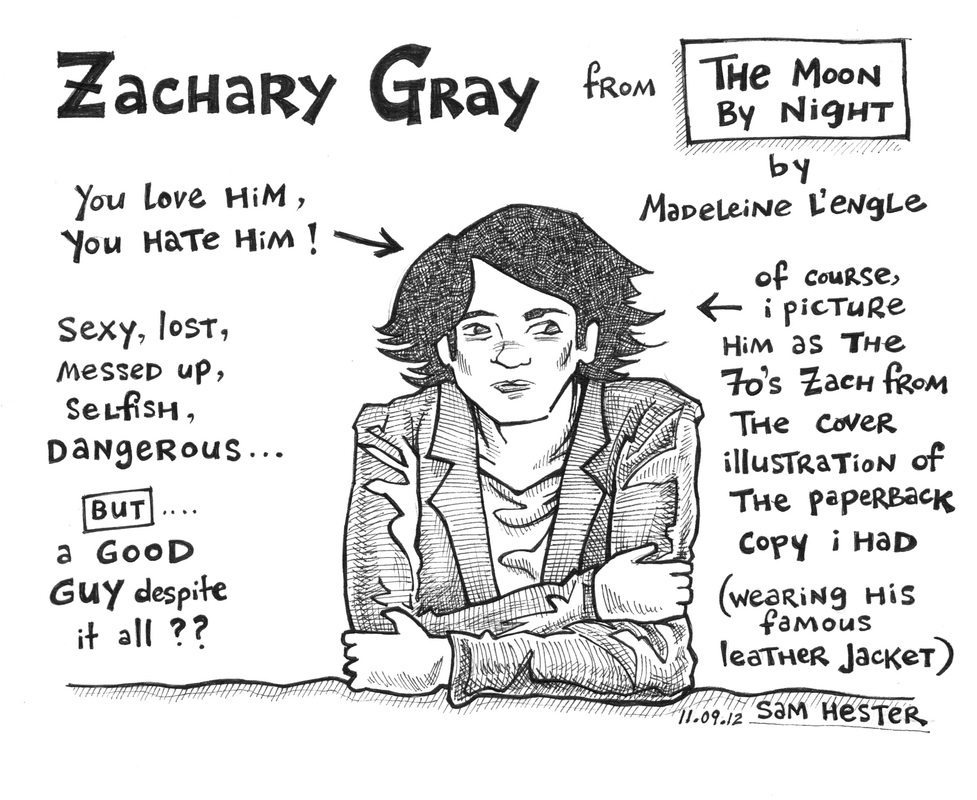
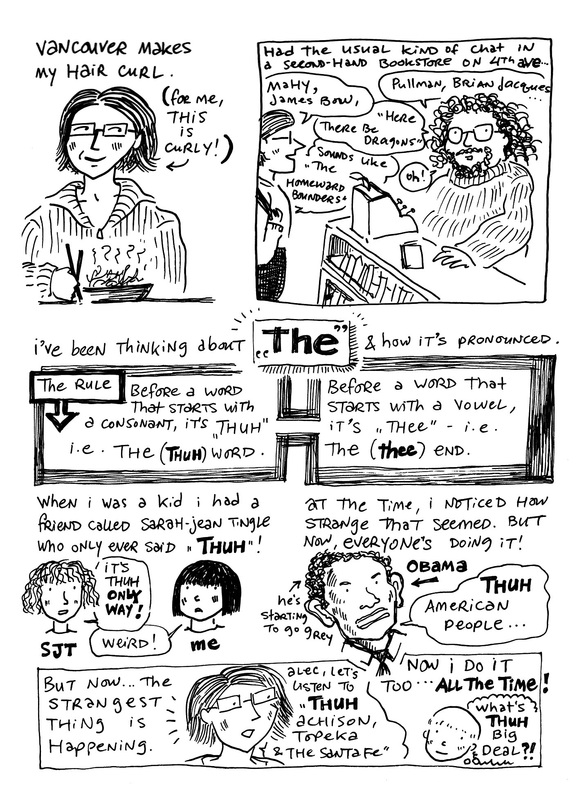
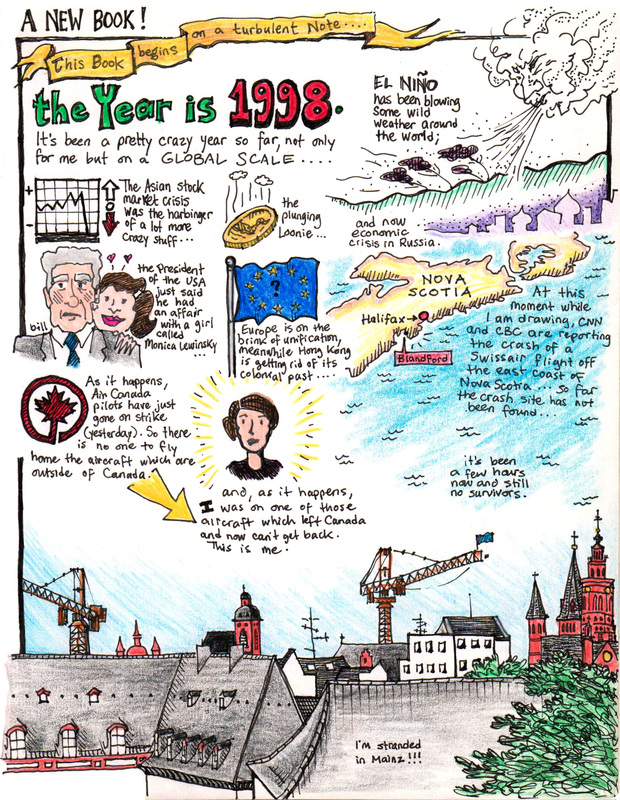
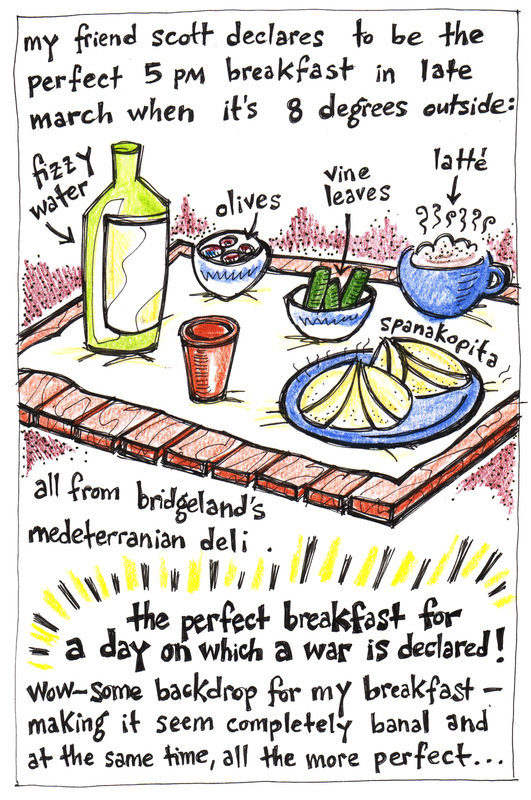
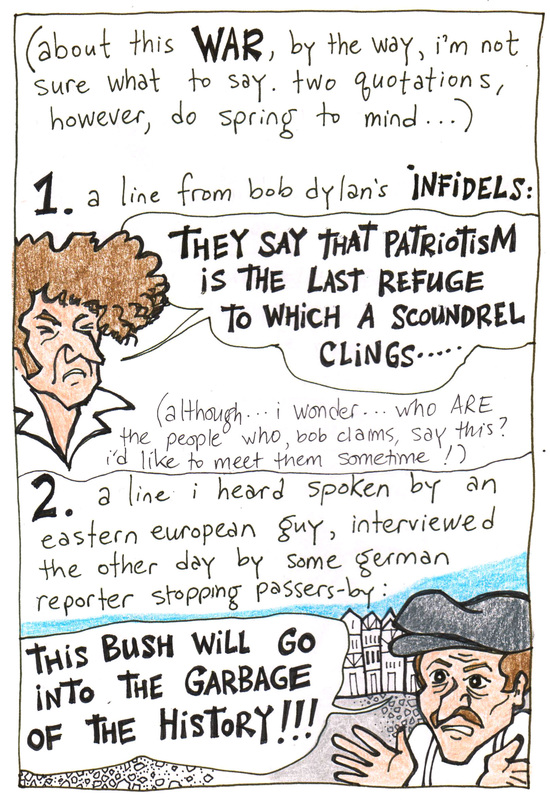
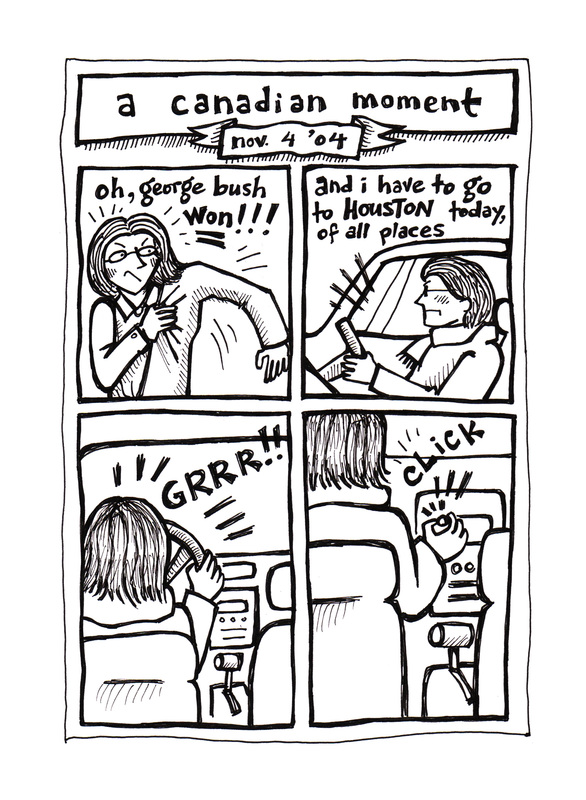
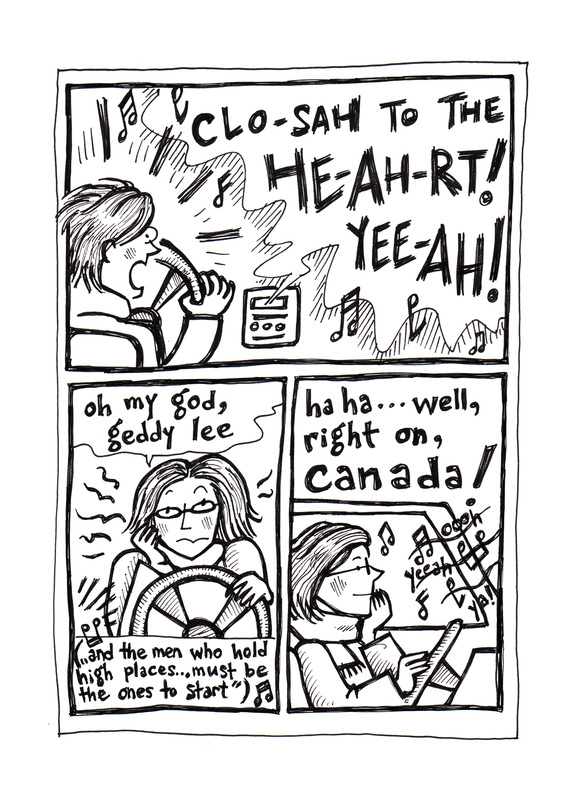
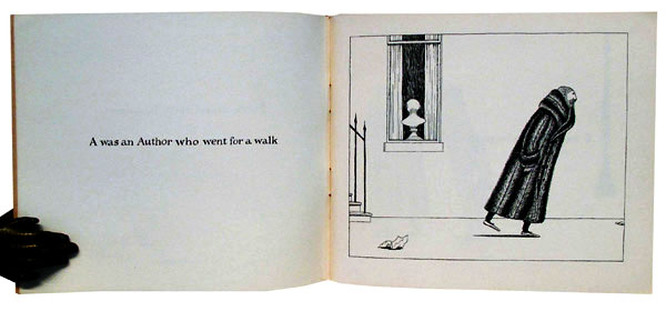
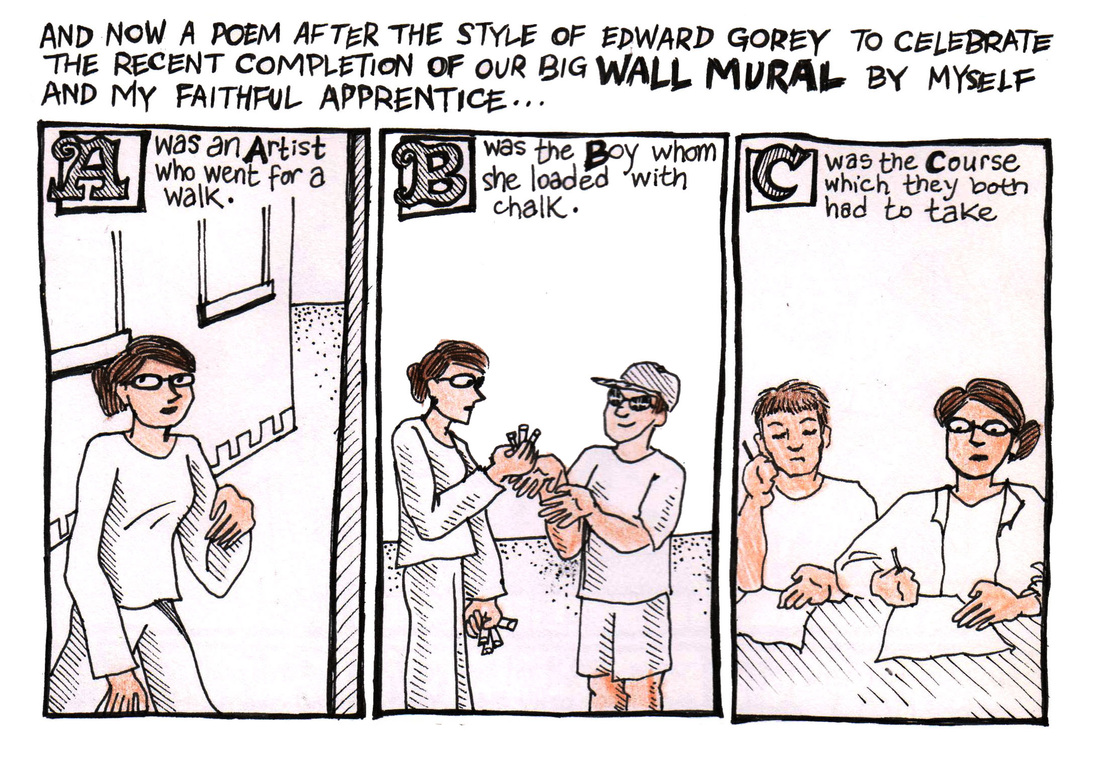
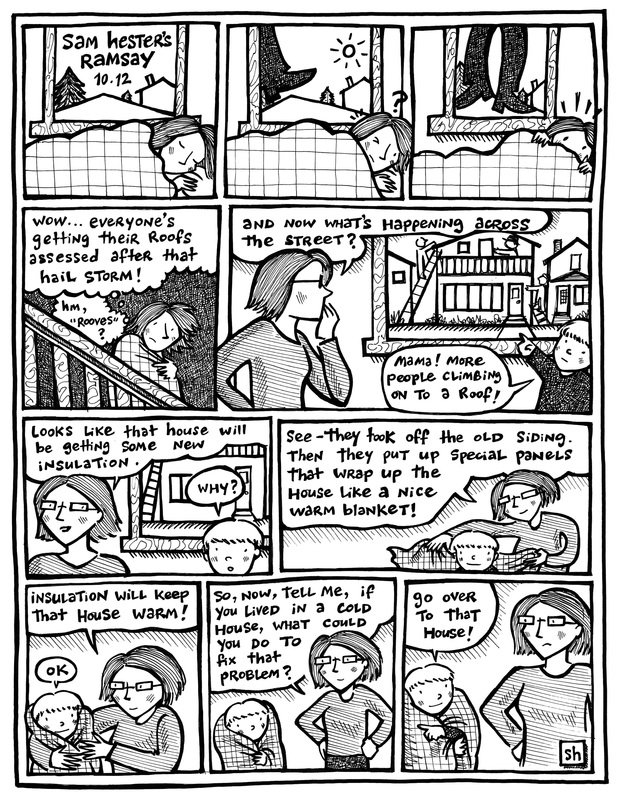
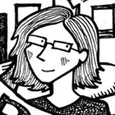
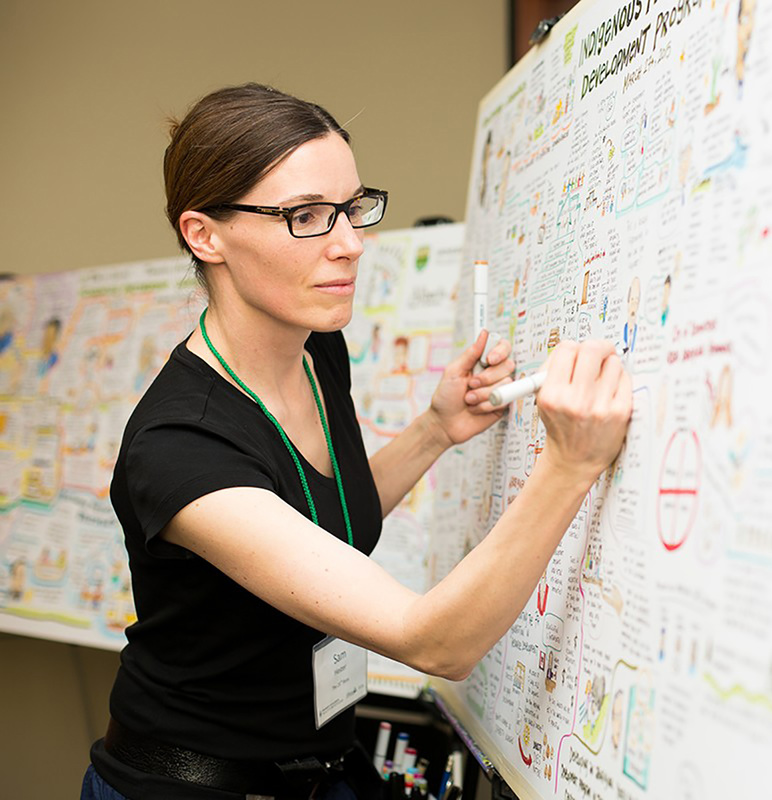
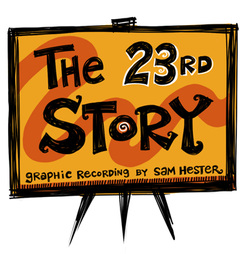
 RSS Feed
RSS Feed